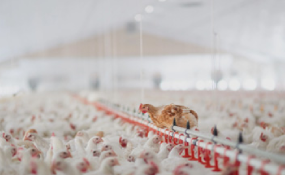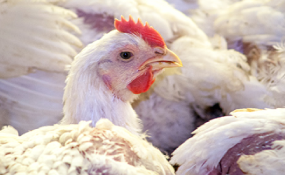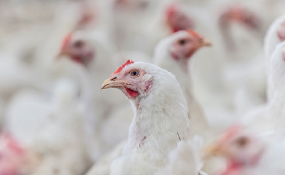IMAGE BANK
Analysis equipment
Equipment for diagnostic methods
- Good quality scissors.
- Tweezers.
- BoSmall Ziploc bags to collect stool samples.
- Large Ziploc bags to collect bedding and/or food samples.
- Histopathology vials or bottles with 10% formalin solution.
- Disposable gloves.
Main equipment necessary to perform
the diagnostics for the Necropsy examination:
- Scissors and other necropsy materials.
- Scalpel or blade for scraping the intestine.
- Holder and covers for objects.
- Optical microscope with 10X magnification.
To perform serial scraping tests of intestinal mucosa
of Intestinal Mucosal Scraping (MRSMI):
- Mac Master plate or sheet.
- Eyedropper.
- 50 ml flask or beaker.
- Stirring stick or paddle (it can be the disposable wooden ice-cream type).
- Bottle of water and salt to prepare the saturated saline solution.
- Optical microscope with 10X magnification.
For Mac Master test
Analysis and Diagnosis
Methods for intestinal health diagnostics
Main methods for bowel health assessment
the recommended frequency and importance of each:
Main methods for bowel health assessment the recommended frequency and importance of each: The basic and effective evaluation for the diagnosis and monitoring of the intestinal health of poultry consists of three diagnostic evaluation methods: 1) Macroscopic physical examination at necropsy, 2) Serial scraping method of intestinal mucosa and 3) Mac Master's coproparasitological examination. These evaluations are recommended to be carried out during the three most critical stages of broiler development: 21 days of age or change of feed at the beginning of fattening, at 28 days of age and at 35 days of age or before slaughter. On occasions where withdrawal feed is used, an evaluation of the birds can be made before sending them to the processing plant or in the processing plant itself, in order to evaluate the behavior and sustainability of intestinal health during this last stage without anticoccidials. Depending on the age of slaughter, if it is at an early age, this last evaluation of 35 days is usually omitted and the evaluation of 28 days can run until 32 days. The important thing is to be able to perform at least 2 evaluations during the broiler cycle.
In the case of rearing pullets, these same ages of 21 and 28 days are an option and before transfer to production either in floor or cage. In pullet rearing, the Mac Master method is less invasive and with the simple collection of feces directly from the birds or from the litter it is possible to make an evaluation, so the frequency can be done as often as desired and there is availability on the part of the Veterinarian that performs it.
The importance in performing these three diagnostic methods is that we can evaluate and measure the degree of infection, manifestation of lesions or evolutionary state of the biological cycle of pathologies such as coccidiosis and the differential diagnosis with other enteropathies with similar symptomology. The more complete the evaluation is, the more assertive the diagnosis will be and the more adequate the treatment will be.
The basic or minimum evaluation necessary for intestinal health monitoring is subject to the necropsy examination and the materials required for this task, however, below, we will mention some equipment and materials that we consider necessary so that any professional who is going to make a diagnosis of intestinal health is well prepared.
Bibliography
Study programs
 Click to access
Click to access







